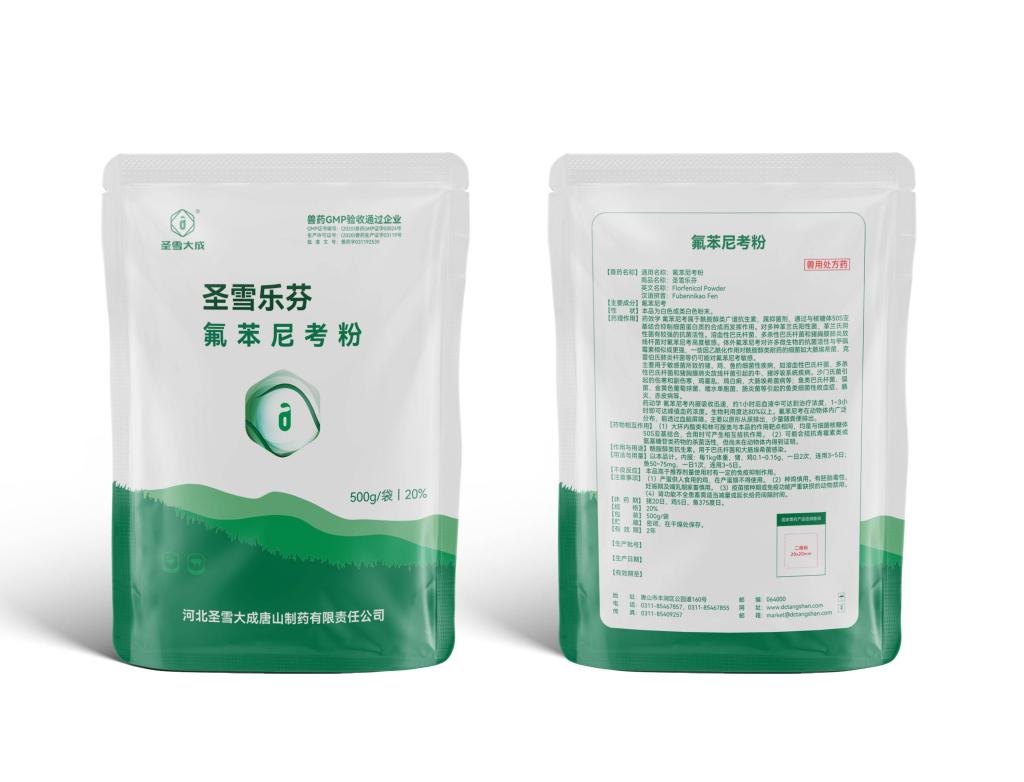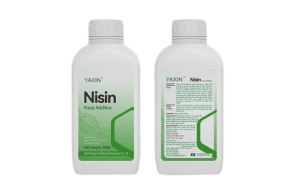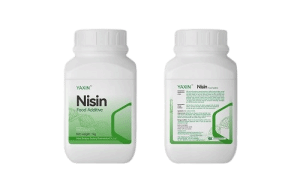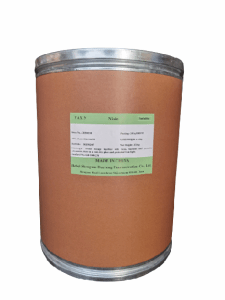Tel:+8618231198596

News
 CONTACT
CONTACT
 CONTACT
CONTACT
- Linkman:Linda Yao
- Tel: +8618231198596
- Email:linda.yao@dcpharma.cn
- Linkman:CHARLES.WANG
- Department:Overseas
- Tel: 0086 0311-85537378 0086 0311-85539701
News
Current Position:
Home >
News
>The development of diagnostic tools aids in determining when Florfenicol Powder.
The development of diagnostic tools aids in determining when Florfenicol Powder.
TIME:2024-10-16
Introduction to Florfenicol and Its Role in Veterinary Medicine
Florfenicol is a synthetic derivative of thiamphenicol, known for its effectiveness against a wide range of Gram-positive and Gram-negative bacteria. It is commonly used to treat respiratory, gastrointestinal, and other bacterial infections in cattle, swine, and fish. The drug's mechanism of action involves inhibiting bacterial protein synthesis by binding to the 50S ribosomal subunit, thus preventing the translocation of peptidyl-tRNA during the elongation phase of protein synthesis.
The Need for Diagnostic Tools
The use of florfenicol, like any antibiotic, should be based on a confirmed diagnosis and an understanding of the specific pathogens involved. This approach, known as "antibiotic stewardship," helps to minimize the risk of AMR and ensures that the most effective treatment is provided. Diagnostic tools play a critical role in this process by:
Identifying the Pathogen: Accurately identifying the causative agent of an infection allows veterinarians to determine whether florfenicol is the right choice or if another antibiotic would be more appropriate.
Assessing Susceptibility: Testing the susceptibility of the pathogen to different antibiotics, including florfenicol, ensures that the chosen treatment will be effective.
Monitoring Resistance: Regular monitoring of resistance patterns helps to track the emergence and spread of AMR, allowing for the adjustment of treatment protocols as necessary.
Advancements in Diagnostic Tools
Several diagnostic tools have been developed to support the responsible use of florfenicol in veterinary medicine:
Culture and Sensitivity Testing:
Traditional Methods: Standard culture and sensitivity testing involve isolating the pathogen from the infected site and testing its growth in the presence of various antibiotics, including florfenicol. While effective, these methods can be time-consuming and may delay the start of treatment.
Automated Systems: Automated systems, such as VITEK, BD Phoenix, and MicroScan, can provide faster results by automating the identification and susceptibility testing processes. These systems are particularly useful in high-throughput settings.
Molecular Diagnostics:
PCR (Polymerase Chain Reaction): PCR-based tests can rapidly detect the presence of specific bacterial DNA or RNA, allowing for the quick identification of pathogens. Multiplex PCR assays can simultaneously test for multiple pathogens, providing comprehensive information in a single test.
qPCR (Quantitative PCR): qPCR not only detects the presence of a pathogen but also quantifies the amount of genetic material, which can be useful for assessing the severity of the infection and the response to treatment.
Point-of-Care (POC) Diagnostics:
Lateral Flow Assays: Lateral flow assays, similar to pregnancy tests, can provide rapid, on-site results for the presence of specific antigens or antibodies. These tests are particularly useful in remote or resource-limited settings.
Portable Molecular Devices: Portable devices, such as handheld PCR machines, allow for molecular diagnostics to be performed at the point of care, reducing the turnaround time for results and enabling quicker decision-making.
Next-Generation Sequencing (NGS):
Whole-Genome Sequencing (WGS): WGS provides detailed information about the genetic makeup of a pathogen, including the presence of resistance genes. This technology is increasingly being used for outbreak investigations and to track the spread of AMR.
Metagenomics: Metagenomic sequencing can analyze the entire microbial community present in a sample, providing insights into the composition of the microbiota and the presence of potential pathogens. This approach is particularly valuable for complex infections or when the causative agent is unknown.
Case Studies and Research Findings
Several case studies and research findings highlight the importance of diagnostic tools in the appropriate use of florfenicol:
Bovine Respiratory Disease (BRD): In a study of BRD in cattle, the use of PCR-based diagnostics to identify the causative agents (e.g., Mannheimia haemolytica, Pasteurella multocida) and their susceptibility to florfenicol led to more targeted and effective treatments, reducing the overall use of the antibiotic.
Swine Dysentery: A multiplex PCR assay was developed to differentiate between Brachyspira hyodysenteriae and other Brachyspira species, which are common causes of swine dysentery. This allowed for the selective use of florfenicol, as it is effective against B. hyodysenteriae but not all Brachyspira species.
Aquaculture: In aquaculture, where the rapid spread of disease can be devastating, POC diagnostics have been used to quickly identify and respond to outbreaks. For example, lateral flow assays have been developed to detect Aeromonas salmonicida, a common pathogen in fish, and guide the appropriate use of florfenicol.
Challenges and Considerations
While the development of diagnostic tools has significantly improved the ability to determine when florfenicol is the right treatment, there are several challenges and considerations to keep in mind:
Cost and Accessibility: Advanced diagnostic tools, such as NGS and portable PCR devices, can be expensive and may not be accessible in all regions or settings. Efforts to make these technologies more affordable and widely available are essential.
Training and Expertise: The use of sophisticated diagnostic tools requires trained personnel with the necessary expertise. Providing education and training to veterinarians and laboratory staff is crucial for the effective implementation of these technologies.
Regulatory Approval: New diagnostic tools must undergo rigorous evaluation and receive regulatory approval before they can be used in clinical practice. This process can be time-consuming and may delay the availability of new technologies.
Data Interpretation: The interpretation of diagnostic data, especially from complex techniques like NGS, can be challenging. Developing standardized guidelines and decision-support tools can help ensure that the data are used appropriately to guide treatment decisions.
Conclusion
The development of advanced diagnostic tools is essential for ensuring the appropriate use of florfenicol and other antibiotics in veterinary medicine. By accurately identifying pathogens, assessing their susceptibility, and monitoring resistance patterns, these tools help to minimize the risk of AMR and ensure that animals receive the most effective treatment. As diagnostic technologies continue to evolve, it is important to address the challenges of cost, accessibility, training, and regulatory approval to fully realize their potential in promoting antibiotic stewardship and protecting both animal and human health.
- Tel:+8618231198596
- Whatsapp:18231198596
- Chat With Skype







